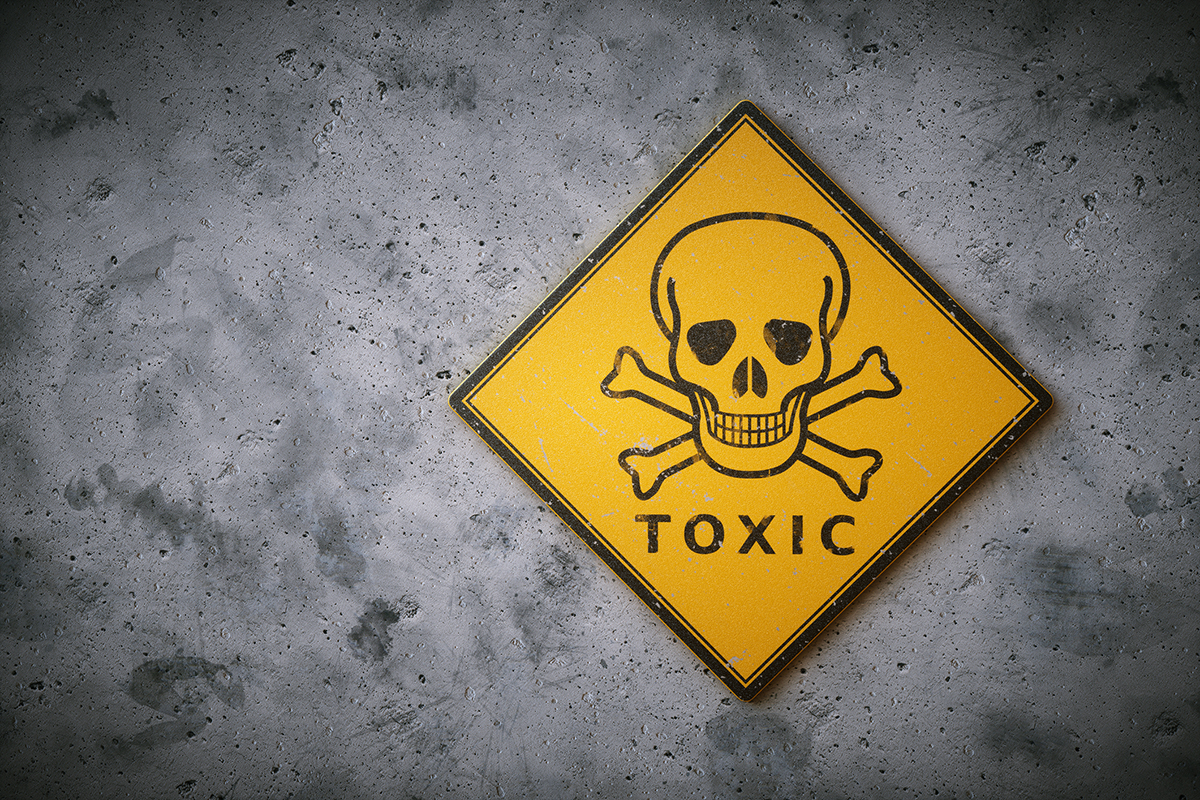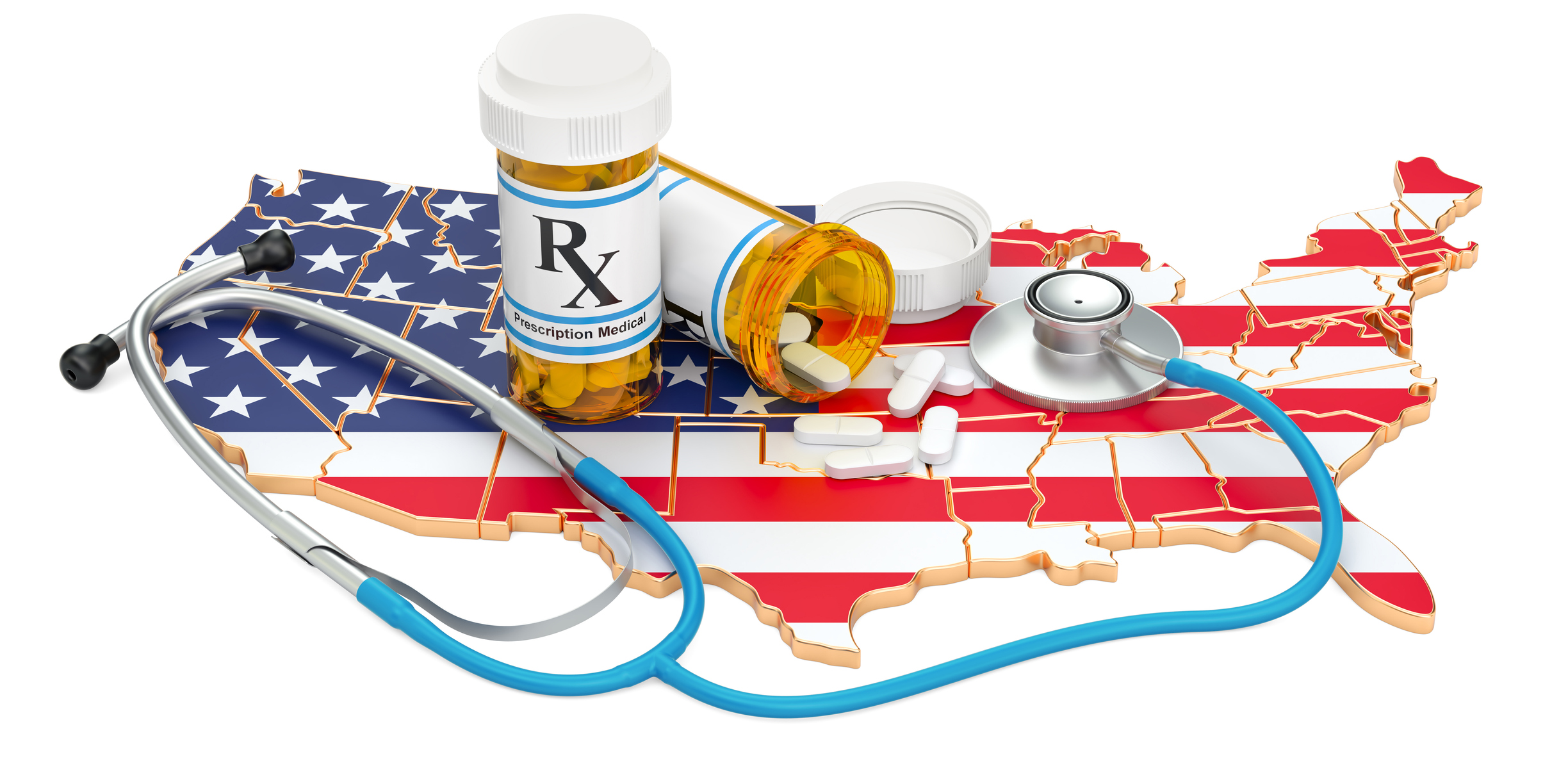We spend a lot of time worrying about exposure to mercury, lead, bisphenol A, glyphosate and a myriad of environmental toxins. But here are two that you probably don’t know about and may be inadvertently consuming.
Transglutaminase: Science News reported this month that, “A bacterial enzyme that is used to improve food texture and shelf-life has been linked in several studies to celiac disease—but it is unlabeled and hidden from public knowledge.”
The food additive in question is microbial transglutaminase (mTG), and I must confess, I wasn’t aware of its perils until I came across the article.
But I’ve long known that the most accurate blood test for predicting celiac disease is the anti-tissue transglutaminase antibodies test. In celiac disease, the body starts making antibodies to transglutaminase, impairing the repair functions of this enzyme, ultimately resulting in damage to the intestinal lining.
But, in a case of mistaken identity that is characteristic of autoimmunity, consumption of mTG may provoke the immune system to mount a misguided attack on transglutaminase, producing the intestinal disruption and body-wide devastation seen in celiac disease.
This theory makes sense, especially in view of the unexplained soaring incidence of celiac disease. Gluten, per se, found in wheat and other related grains, has long been a staple of the human diet, yet celiac disease was relatively uncommon until the 20th Century.
Some have posited that new forms of wheat, bred for higher gluten content to improve their taste and texture, are responsible for sending celiac-susceptible individuals’ immune systems into overdrive.
Others have suggested that it’s antibiotics, non-steroidal anti-inflammatory drugs, and potent acid-blockers that have messed with our guts, making us more reactive to previously innocuous grains.
But many have fingered food additives like artificial sweeteners, emulsifiers, and preservatives as culprits. Add mTG to the suspect list.
What is mTG? It’s synthesized from bacteria, in huge “brew” vats. The resultant product is used in food processing to improve the texture of doughs. It’s also made from animal blood into so-called “meat glue”—hence its application to the manufacture of processed meat, fish balls, and imitation crab meat (surimi).
OK, you’ve gone gluten-free, and now eat gluten-free baked goods made from alternative flours like rice, corn, amaranth, or cassava. Guess what? They may be processed with mTG!
One food research article gushes about the benefits of mTG: “This is particularly relevant for the production of gluten-free baked goods generally lacking of technological, structural and sensorial features compared with products obtained with wheat flour sourdough fermentation.”
So concerned are health experts that The International Journal of Celiac Research recently published an article entitled “Food Industrial Microbial Transglutaminase in Celiac Disease: Treat or Trick”. They say: “There have been multiple recent observations that indicate that mTG transamidated flour/gluten could be dangerous to gluten sensitive populations.”
Since mTG generally doesn’t appear as a label ingredient, it’s best to avoid processed foods and baked goods altogether if you’re trying to recover from celiac disease. Sufferers of “leaky gut syndrome”—which is thought to underlie many autoimmune disorders—also might do well to sidestep the gut-damaging effects of mTG.
As one comprehensive review of mTG concludes: “Pronouncements by food manufacturers that microbial transglutaminase is safe do not infer that this enzyme is without any effect on wheat immunogenicity or is immune or pathogenic by itself . . . Until further studies provide additional information, it is recommended that any use of microbial transglutaminase in the commercial processing or baking of food be disclosed on the packaging label to ensure transparency for consumers, as is currently required in Switzerland by the regulatory authorities.”
Phosphorous: We need phosphorous for bones, protein synthesis, and energy production. Calcium phosphate is the “cement” that hardens our skeletons; Phosphate provides the sugar backbone of DNA and RNA; and it’s the “P” in ATP, the chief energy transfer molecule made in our mitochondria.
We get phosphorous from nuts, seeds, animal proteins and dairy. It’s in plant foods, too, but it’s tightly bound by phytates, which limit its absorption. These natural sources of organic phosphorous rarely pose health problems, except in patients with kidney disease who need to limit their intake of phosphorous.
But a recent review concludes: “The dietary intake of phosphate and the serum phosphate concentration are important matters not just for persons with renal disease, but for the general public as well”
Why? High phosphate levels have been shown to correlate with cardiovascular risk. Elevated phosphate may damage the endothelial lining of blood vessels and contribute to arterial calcification. In a large national study (NHANES), excess dietary phosphorus consumption was associated with all-cause mortality. The typical western diet far exceeds the recommended daily allowance for phosphorus of 700mg/day.
It was once thought that excess dietary phosphorus might promote osteoporosis by increasing the body’s acid load, but this remains controversial.
There is no need for healthy individuals to reduce their intake of organic phosphorous for preventive purposes because this type of phosphorus is incompletely absorbed; misguided efforts to curtail dietary organic phosphorous might result in protein malnutrition.
Rather, it’s all the inorganic phosphate in modern diets that we need to worry about. It comes in the form of phosphoric acid, added to cola beverages; phosphates as preservatives in processed meats and cheeses; as flavor enhancers in many foods like French fries, and as constituents of baked goods.
Inorganic phosphate from food additives, unlike the organic kind, is unbound and highly absorbable. Poorer individuals, who subsist more on processed fast foods and have concomitant risk factors like hypertension and insulin resistance, are particularly at risk for the vascular complications of excess phosphorous consumption. In the US, high levels of blood phosphorous are twice as likely to be seen in persons with low income than with high income.
It goes by names like dicalcium phosphate, hexametaphosphate, sodium phosphate and tricalcium phosphate. There are 350 ‘Generally Regarded As Safe’ phosphate based products that are used by the food industry. And while certain phosphorous additives are prominently listed as label ingredients, there is currently no requirement for breaking out the total phosphorous content of foods, as is done, for example, with sodium.
Many are calling for reform. We deserve better labeling to inform us of the risks posed by additives like mTG and inorganic phosphates. Meanwhile, sourcing natural, unprocessed foods can offer us a hedge against inadvertent consumption.







